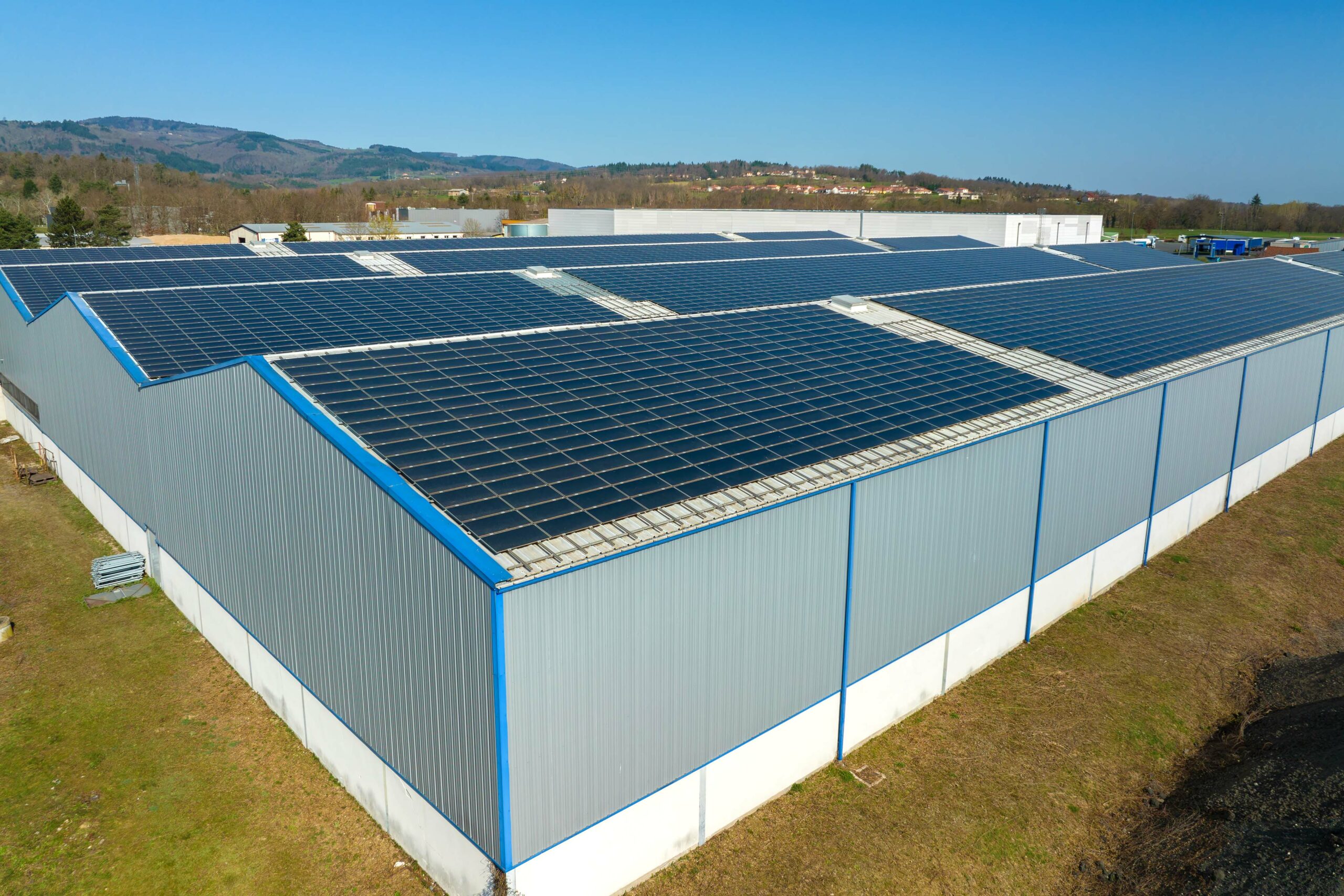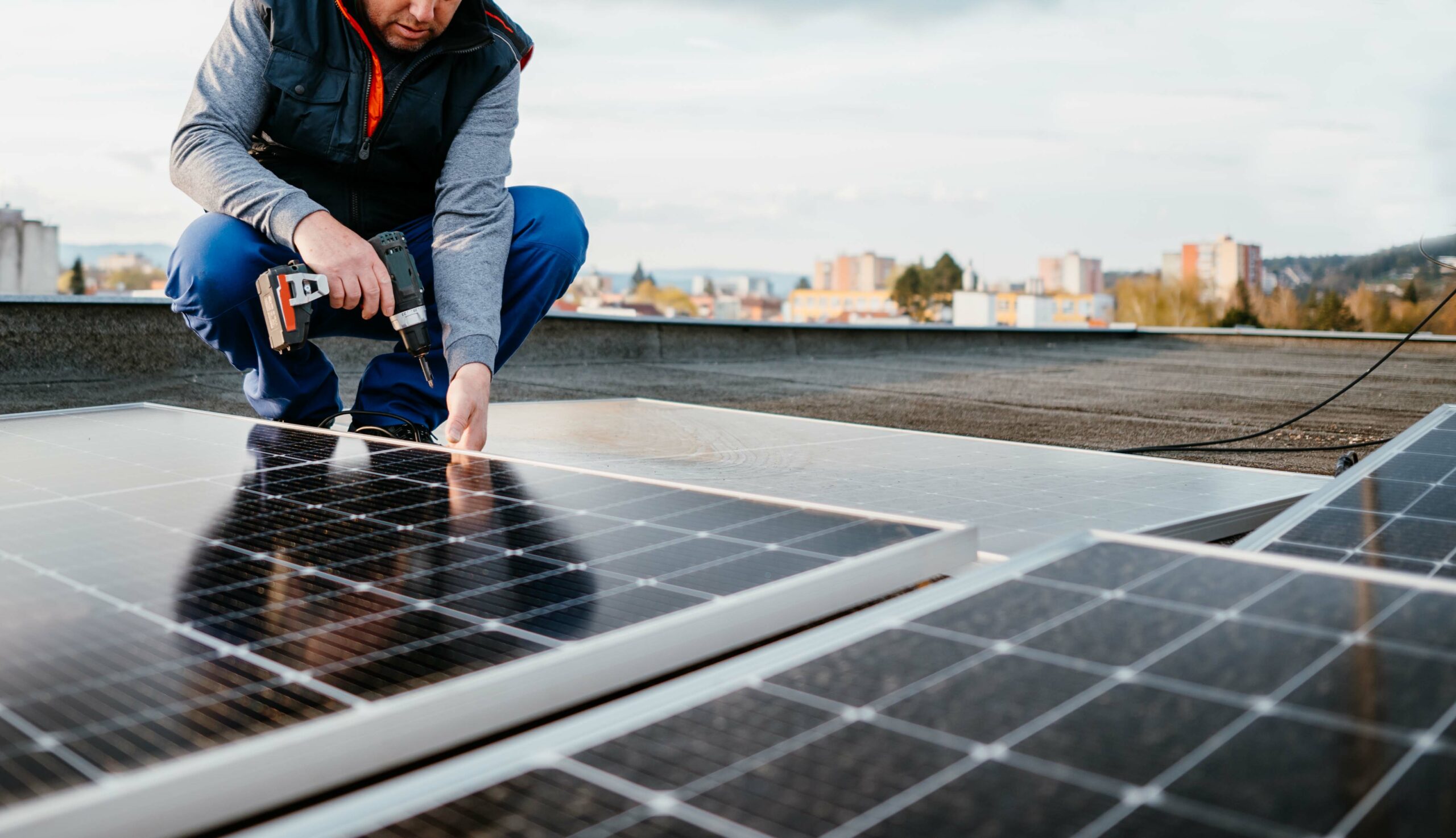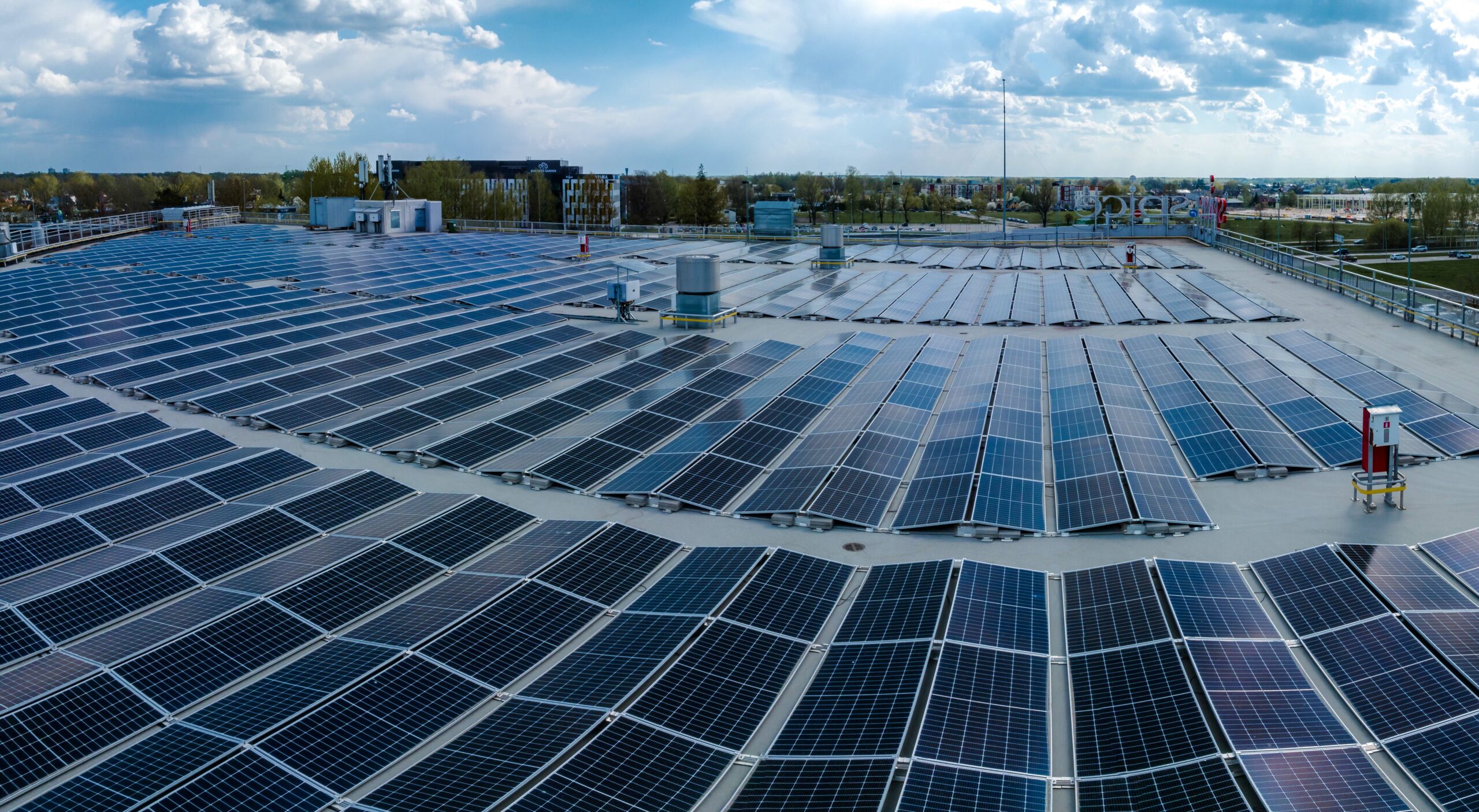Affordable Green Energy, Scaled to Your Needs
Harnessing Wind Energy Across India
Green Wattage has developed wind energy projects in various Indian states with high wind potential and open access power procurement policies. These projects supply large enterprises with renewable energy at rates lower than prevailing grid electricity tariffs.
Green Wattage is responsible for building, operating, and maintaining these private wind farms throughout their operational lifespan.
For businesses, integrating renewable energy solutions not only leads to substantial savings on electricity costs but also contributes significantly to achieving 100% renewable energy goals. Open access wind power enables enterprises to meet their energy demands at competitive tariffs, offering a sustainable and cost-effective alternative to traditional power sources.
With Green Wattage’s wind energy solutions, businesses can choose from multiple procurement models:
- OPEX Model – A zero-investment approach
- Group Captive Model – A low-investment option
- Captive Model – Full ownership of the power-generating asset

Example:
The following example illustrates the benefits of procuring power from an offsite open access wind farm.
Assuming a business requires a continuous power load of 100 units throughout the year, an open access wind farm could supply 50 units of this demand. This means that 50% of the electricity requirement can be met through wind energy, leading to approximately 20% savings on annual electricity costs.
*Disclaimer: The data provided here is for informational purposes only. The values mentioned are approximate and based on third-party sources, research, and industry experience. Green Wattage assumes no liability for the accuracy of this information.
Renewable Energy Procurement Models
This model allows businesses to procure renewable energy from Green Wattage’s offsite solar farms, wind farms, or wind-solar hybrid farms. Open access tariffs are lower than grid tariffs, making this a cost-effective and scalable solution without space constraints.
No Upfront Investment
Businesses can access renewable power without capital expenditure.
Guaranteed Cost Savings
Tariffs are lower than grid electricity, ensuring cost reductions.
Risk-Free Solution
No maintenance or operational responsibilities.
Stable Tariff for 20-25 Years
Power Purchase Agreements (PPAs) ensure tariff stability at competitive rates.
FAQ
How does open access power support corporate sustainability goals?
Rooftop solar installations may not meet large energy demands due to space limitations. Open access projects provide scalable renewable energy solutions, helping businesses achieve RE100 targets.
What procurement models are available for open access power?
Businesses can opt for Third-Party PPAs or Group Captive models, depending on their investment preferences and energy requirements.
What charges are associated with open access power?
- Open access charges vary based on location and procurement model and may include:
- Transmission and wheeling charges
- Transmission and wheeling losses
- Cross-subsidy surcharge (CSS)
- Additional surcharge (AS)
- Banking charges
What factors should businesses consider when evaluating open access renewable PPAs?
- Conduct due diligence on company locations and regulatory frameworks.
- Assess open access risks and developer credibility.
- Ensure favorable PPA terms and tariff structures.
What challenges do utility-scale open access projects face?
Contractual Challenges:
- Mismatch between PPA tenure and loan duration
- Standardization of contracts
- Operational Challenges:
- Risks related to grid curtailment and plant performance
Regulatory Challenges:
- Changing open access policies and surcharges
- Varying eligibility criteria across states
- Approval complexities and bureaucratic delays
Under this model, a corporate entity makes the capital investment and owns the renewable energy asset. Green Wattage is responsible for plant construction, operation, and maintenance over its lifecycle.
Protection from Electricity Price Fluctuations
While open access charges apply, unpredictable costs such as cross-subsidy surcharge and additional surcharge are waived.
Tax Advantages
Businesses can benefit from tax savings via accelerated depreciation.
Expert Management
Green Wattage ensures end-to-end project execution, including regulatory approvals and long-term maintenance.
FAQ
How can businesses benefit from a Group Captive project without full ownership?
Companies can hold at least 26% equity in the project while the remaining stake is owned by Green Wattage. This allows businesses to access renewable energy benefits without bearing the full investment burden.
What measures should businesses take to ensure compliance in a Group Captive setup?
- Hold genuine equity ownership (minimum 26%)
- Ensure economic participation with full shareholder rights
Can a business terminate its Group Captive PPA?
Yes, but ownership must be transferred to another qualified captive buyer or back to Green Wattage. Compliance with Reserve Bank of India (RBI) guidelines is mandatory for foreign-owned entities.
In this model, a renewable project is jointly developed for multiple corporate buyers. Green Wattage creates a Special Purpose Vehicle (SPV) where businesses hold at least 26% equity and consume at least 51% of the generated power.
Lower Investment & Risk
The corporate buyer holds only a minority stake while benefiting from open access tariffs.
Cost Savings
Renewable power is supplied at rates lower than grid electricity.
Hassle-Free Operations
Green Wattage handles construction, operations, and maintenance.
FAQ
How does a corporate buyer participate in a group captive project?
A business must own at least 26% equity in the project while consuming 51% of the generated power. PPAs can be signed on mutually agreed terms, with the developer managing O&M responsibilities.
What precautions should businesses take when entering a group captive agreement?
- Equity Participation – Ensure a genuine 26% equity contribution with proper voting and dividend rights.
- Compliance – Adhere to Electricity Act provisions and regulatory requirements to avoid legal challenges.
Can a corporate buyer exit a group captive PPA?
Yes, but ownership must be transferred to another qualifying entity upon termination. A put/call option structure is typically used to facilitate share transfers in compliance with regulatory norms.
Assessing Solar Feasibility for Your Business
Before Green Wattage can design and install a rooftop solar power system for you, it’s essential to evaluate whether your site is suitable for such an installation.
We provide end-to-end solar solutions, managing everything from design and installation to long-term maintenance, so you can focus on your business operations without any hassles. All you need is an unused roof, and we’ll take care of the rest. However, before moving forward, here are some key feasibility checks to consider:
Shadow-Free Area
Ensure there are no obstructions such as trees, adjacent buildings, or billboards that could block sunlight.


Cleanliness & Maintenance Accessibility
The site should be free from excessive dust, pollution, or debris that may hinder solar panel efficiency.
The rooftop should be easily accessible for regular cleaning and maintenance.
Structural Capacity
Your roof must have adequate load-bearing capacity to support the solar system. Reinforcement may be required if the structure is not strong enough.

Our expert engineers at Green Wattage conduct a detailed site assessment to ensure your rooftop solar system meets all safety standards and regulatory requirements. We design innovative solar solutions that optimize efficiency while adhering to compliance norms.
Whether you are looking for rooftop or ground-mounted solar solutions, Green Wattage delivers top-tier solar energy solutions, helping businesses across India and internationally with sustainable energy alternatives.

